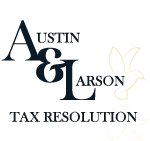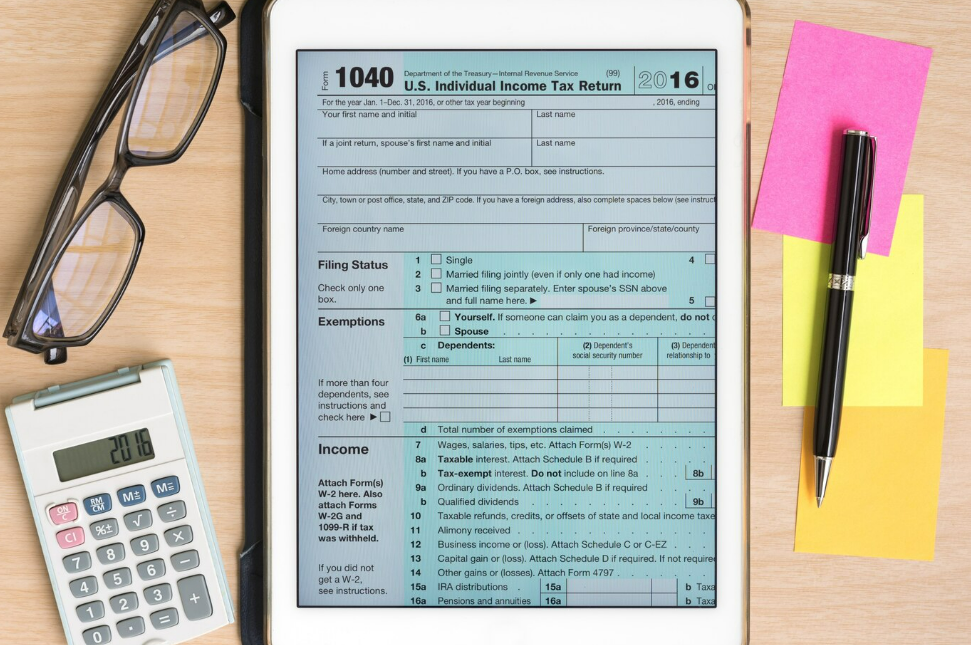Tax attorneys are essential if you work for yourself as a freelancer, independent contractor, or small business owner, as you might have to pay self-employment tax. They can navigate the complexities of self-employment tax, explain its functions, and offer strategies to potentially reduce what you owe. This article explores the pivotal role of tax lawyers and provides practical tips on managing your tax compliance efficiently.

What is Self-Employment tax?
Self-employment tax consists of a 15.3% rate, which combines 12.4% for Social Security and 2.9% for Medicare. This tax applies to your net earnings—essentially, your profit. You might have to pay this tax periodically throughout the year.
Here’s a key difference between self-employment tax and the payroll taxes that people with employers handle: Normally, both employees and their employers share the cost of Social Security and Medicare taxes equally (each pays 7.65%). However, if you’re self-employed, you cover both parts yourself.
The Self-Employment tax rate for 2023
For 2023, the self-employment tax remains at 15.3% of your net earnings. This rate includes 12.4% for Social Security (also known as OASDI tax) and 2.9% for Medicare. Remember, self-employment tax isn’t the same as your regular income tax.
For this tax year, earnings up to $160,200 are subject to the Social Security tax, which has increased from $147,000 in 2022.
Also, an additional 0.9% Medicare tax might apply if your net earnings exceed $200,000 as a single filer, or $250,000 for joint filers.
Self-Employment Tax Rate for 2024
In 2024, any earnings up to $168,600 are taxed under the Social Security part (an increase from $160,200 in 2023). The self-employment tax rate remains steady at 15.3% of your net earnings for the year.

How to Calculate Your Self-Employment Tax
To figure out your self-employment tax, start by determining your net earnings from self-employment for the year.
- For tax calculations, your net earnings are what you make from your business minus any business expenses.
- Typically, 92.35% of your net earnings from self-employment is considered for self-employment tax.
- Once you know how much of your earnings are taxable, multiply that amount by the tax rate of 15.3%.
- Keep in mind, for the earnings in 2023, only the first $160,200 is taxed under the Social Security portion of the self-employment tax. This limit goes up to $168,600 in 2024.
- If your self-employment resulted in a loss or if you made very little, you might want to look at the two optional methods offered in IRS Schedule SE to figure out your net earnings.
Who Needs to Pay Self-Employment Tax?
If you’re wondering whether you need to pay self-employment tax, here are a couple of scenarios when you would:
- If you made $400 or more from freelance work or running your own business (not counting any money earned as a church employee). You might be considered self-employed by the IRS if you received a 1099 form from someone you worked for.
- If you earned at least $108.28 from working for a church.
These rules apply to everyone, no matter your age, and even if you receive Social Security benefits or are enrolled in Medicare.
How to Pay Self-Employment Tax
Here’s how you go about paying your self-employment tax:
- Use IRS Schedule C to figure out your net earnings from self-employment.
- Then, use IRS Schedule SE to calculate how much self-employment tax you need to pay.
- When paying the tax, you’ll need to provide your Social Security number or individual taxpayer identification number (ITIN).
Remember, taxes in the U.S. need to be paid as you earn or receive income throughout the year, not just at the annual tax deadline. If you don’t make these payments on time, you could face late-payment penalties. To avoid this, you might need to make quarterly estimated tax payments if:
- You expect to owe $1,000 or more in federal income taxes this year after your withholding and refundable credits (like the earned income tax credit) are applied, and
- Your withholding and credits don’t cover at least 90% of your tax liability for this year, or 100% of last year’s liability—110% if your income was higher than $150,000 if married and filing jointly, or $75,000 if single.
Tax Breaks for Being Your Own Boss
If you’re self-employed, you can claim a deduction for half of your self-employment tax when you file your income taxes. For instance, if you calculate that you owe $2,000 in self-employment tax for the year based on your Schedule SE, you’ll pay this amount as required. However, come tax time, you can deduct $1,000 on your 1040 form.
Working for yourself brings several valuable tax breaks as well. One notable one is the qualified business income deduction, which could reduce your income taxes by up to 20% of your net self-employment income. Additionally, you might qualify for other deductions, such as those for a home office or health insurance.

Understanding Self-Employment Tax: Seeking Professional Advice
When you’re self-employed, navigating your tax obligations becomes crucial, given the complexity of tax laws and the potential penalties for missteps. Engaging a tax lawyer can be particularly beneficial. Tax attorneys are well-versed in the intricacies of tax legislation and can offer invaluable guidance on how to correctly calculate and file your taxes, ensuring you meet all legal requirements while maximizing any allowable deductions.
Furthermore, tax lawyers can provide strategic advice on planning your tax payments throughout the year, which is essential to avoid underpayment penalties. They can also assist in resolving any disputes with tax authorities, ensuring that you have professional support in case of audits or queries regarding your tax filings. Seeking professional legal advice ensures you remain compliant and optimally manage your financial obligations, ultimately safeguarding your business’s fiscal health.
Conclusion
Navigating self-employment tax responsibilities can be complex, but it’s crucial for ensuring compliance and optimizing financial health. Consulting a tax lawyer helps you accurately manage your taxes, maximize deductions, and strategically plan payments to avoid penalties. This professional support is invaluable, particularly when dealing with the IRS, providing peace of mind and financial security for those navigating the intricacies of self-employment tax.
FAQs: Understanding Self-Employment Tax
1. What is self-employment tax?
Self-employment tax is a tax consisting of Social Security and Medicare taxes primarily for individuals who work for themselves. It is similar to the Social Security and Medicare taxes withheld from the pay of most wage earners.
2. How much is the self-employment tax rate?
The self-employment tax rate is 15.3% of your net earnings. This rate is divided into two parts: 12.4% goes to Social Security and 2.9% goes to Medicare. Additional Medicare tax may apply if your income exceeds certain thresholds.
3. Who needs to pay self-employment tax?
You need to pay self-employment tax if your net earnings from self-employment are $400 or more. This also applies if you work as a church employee earning $108.28 or more.
4. How do I calculate my self-employment tax?
To calculate your self-employment tax, determine your net earnings by subtracting your business expenses from your business income. Then, apply the 15.3% tax rate to 92.35% of your net earnings to calculate your tax liability. Remember, the Social Security portion is capped at an income ceiling that is adjusted annually.
5. Can I deduct any portion of my self-employment tax?
Yes, you can deduct the employer-equivalent portion of your self-employment tax when calculating your adjusted gross income. This deduction amounts to half of your total self-employment tax. This benefit helps reduce your overall taxable income.


Recent Comments